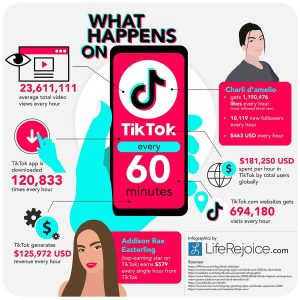There are several social media platforms available for you to leverage on when it comes to influencer / social media marketing. It is important for us to understand the nature of the social media platforms and the user database, while also knowing which group of target audience are you looking for to promote your products to.
While TikTok is a highly popular social media platform, particularly among younger users, which makes it an attractive marketing platform for brands. Some of the reasons why TikTok marketing has become so popular recently among brands include:
- Large user base: TikTok has a massive user base, with over 1 billion active users, which provides brands with a large audience to reach.
- Engaging content: TikTok is known for its entertaining, short-form video content, which can be highly engaging and shareable.
- Interactive features: The platform has several interactive features, such as filters, effects, and challenges, which can be leveraged by brands to create engaging and memorable content.
- Targeted advertising: TikTok offers brands the ability to target their advertising to specific demographics, such as age, location, and interests, allowing them to reach the right audience with their message.
- Cost-effective: TikTok advertising can be relatively cost-effective compared to other social media platforms and traditional advertising methods.
Due to these factors, TikTok marketing has become increasingly popular among brands looking to reach younger audiences and build brand awareness.

In addition to TikTok, there are several other popular social media platforms that brands can leverage for their marketing strategies, including:
- Facebook: With over 2 billion active users, Facebook is the largest social media platform and offers a wide range of advertising options, including targeted advertising, video ads, and sponsored posts.
- Instagram: Instagram has over 1 billion active users and is particularly popular among younger generations. Brands can use Instagram to showcase their products and services, engage with customers, and build brand awareness through sponsored posts, influencer marketing, and Instagram Stories.
- Twitter: Twitter has 330 million active users and is a popular platform for real-time conversations and breaking news. Brands can use Twitter for customer engagement, real-time customer service, and to share timely and relevant content.
- YouTube: YouTube is the largest video-sharing platform and has over 2 billion monthly active users. Brands can use YouTube for video advertising, product demonstrations, and influencer marketing.
- LinkedIn: LinkedIn is a professional networking platform with over 700 million users. It’s a good platform for B2B marketing and can be used for content marketing, lead generation, and thought leadership.
- Pinterest: A visual discovery and bookmarking platform with over 400 million monthly active users.
- Snapchat: A multimedia messaging app with over 280 million daily active users.
- WeChat: A multi-purpose social media app with over 1 billion monthly active users, popular in China.
- Reddit: A social news aggregation and discussion platform with over 430 million monthly active users.
- TikTok’s parent company, ByteDance, also owns the social media app Vigo Video.
- VK: A social network with over 400 million registered users, popular in Russia and Eastern Europe.
- Medium: A blogging and publishing platform with a focus on long-form content.
- Tumblr: A microblogging platform and social networking website.
- Periscope: A live streaming video platform owned by Twitter.
These are just a few of the many social media platforms that brands can leverage for their marketing strategies. The best platform(s) for a brand will depend on the target audience, budget, and marketing goals.


